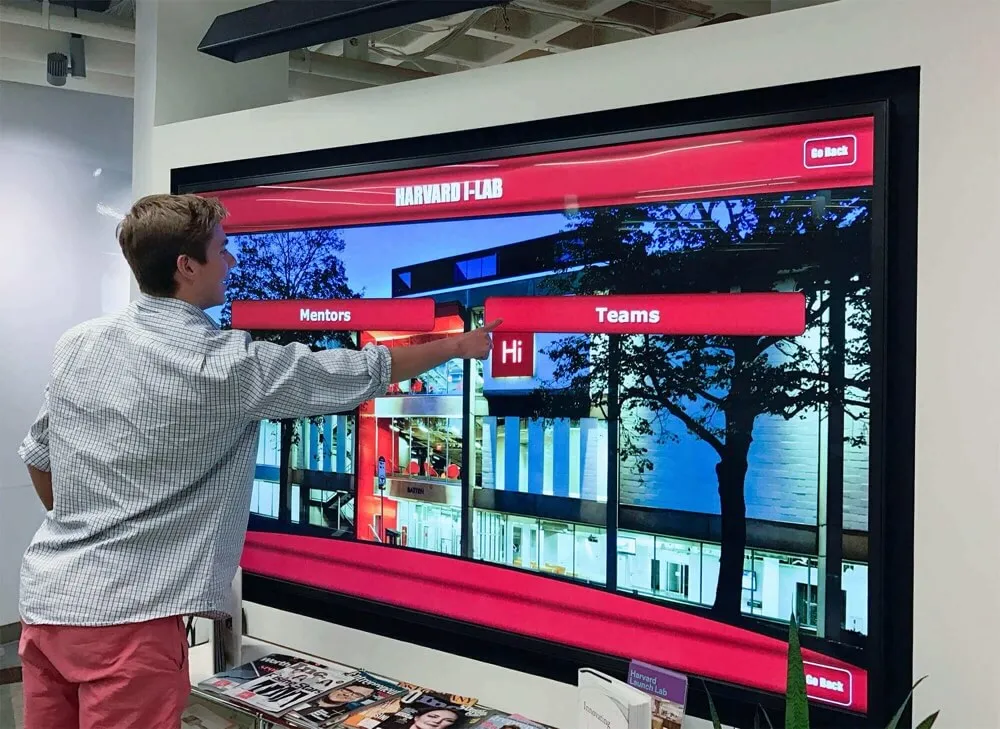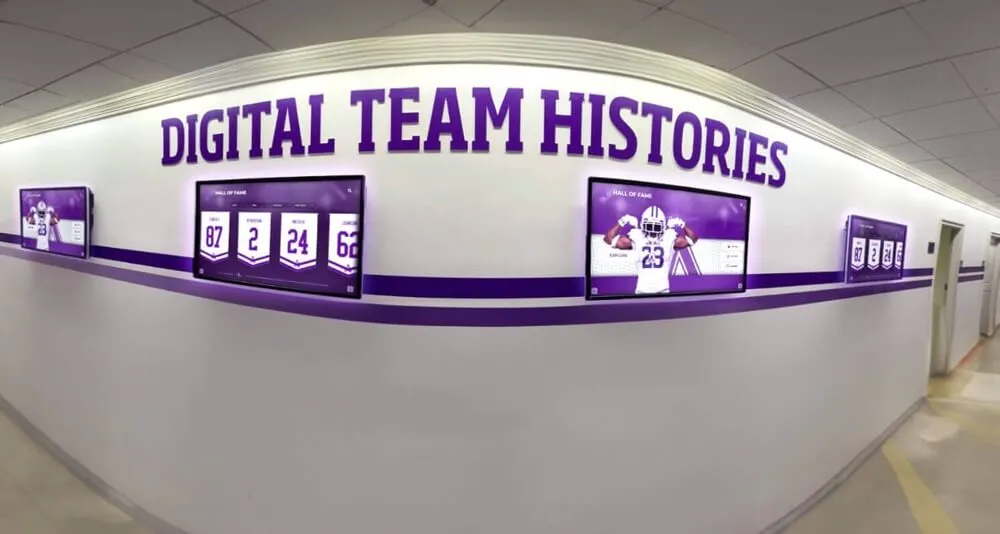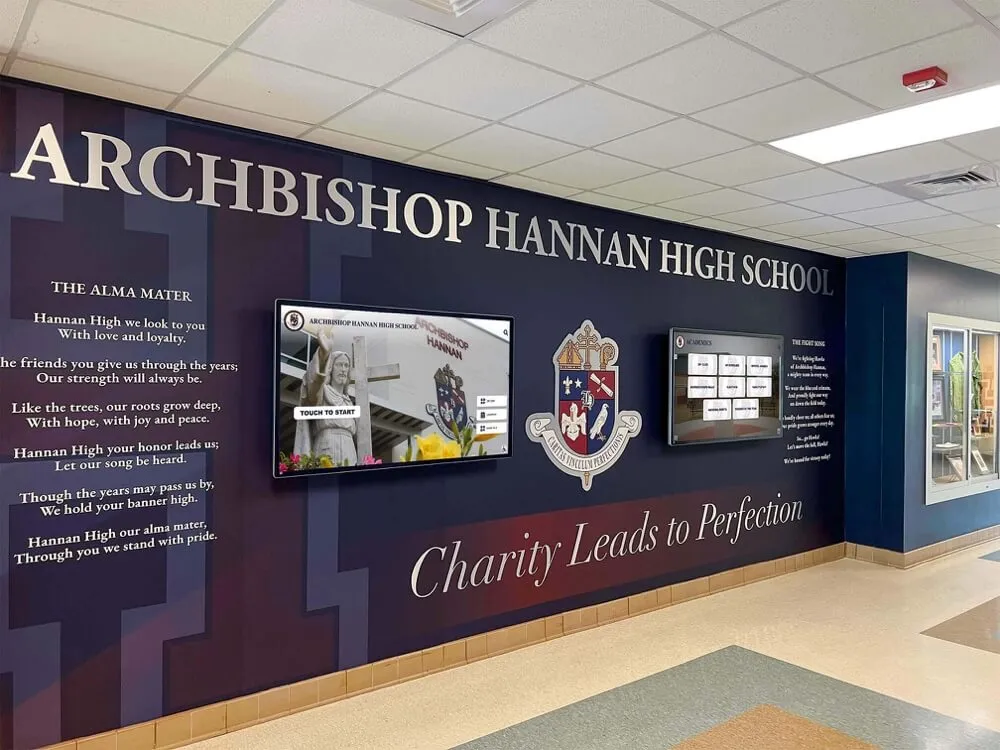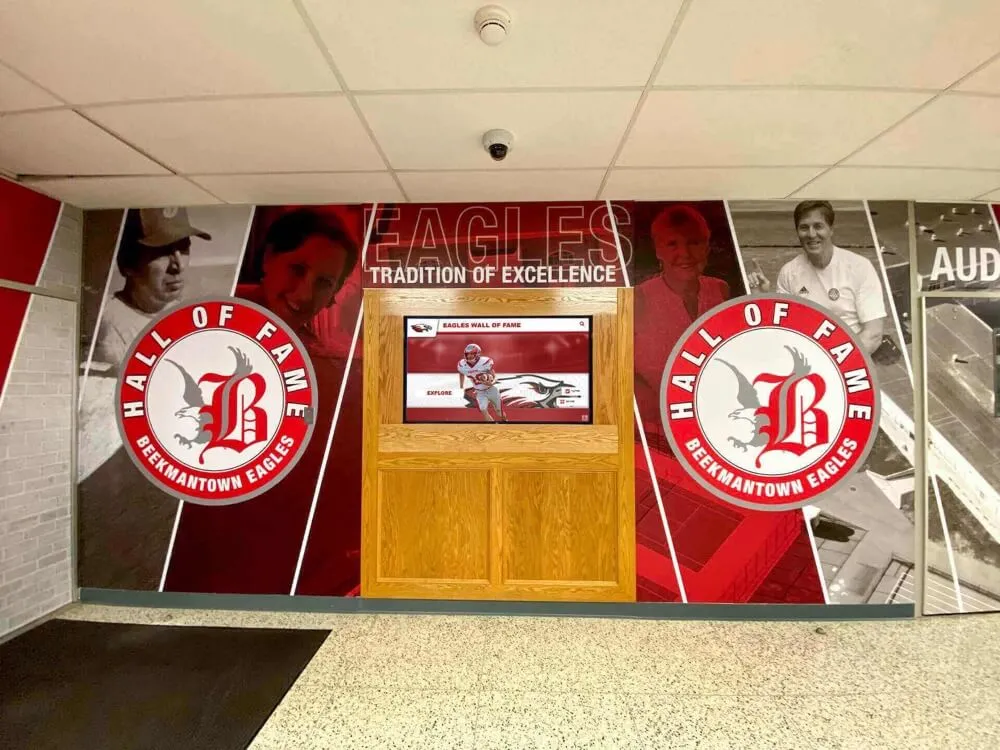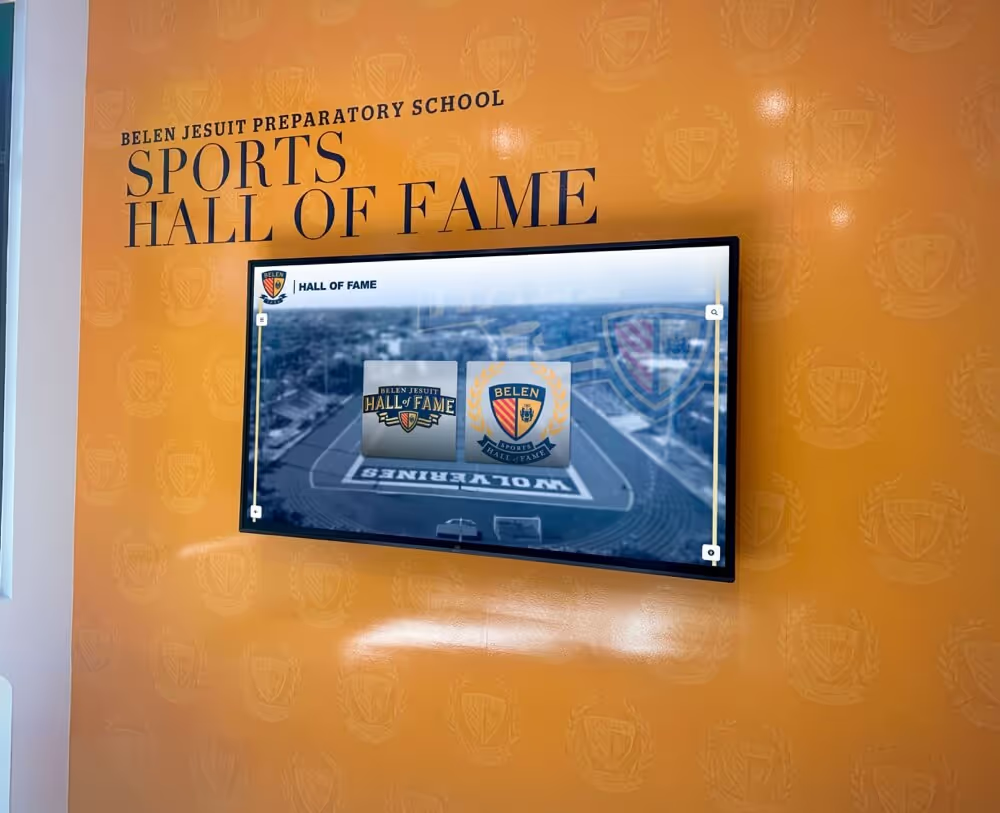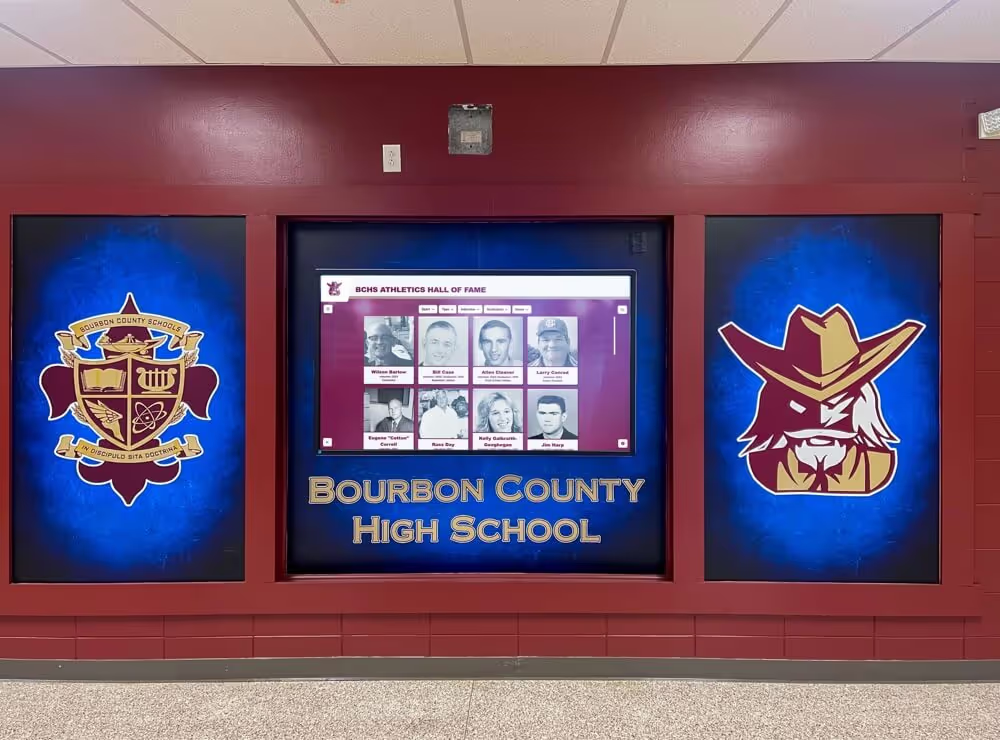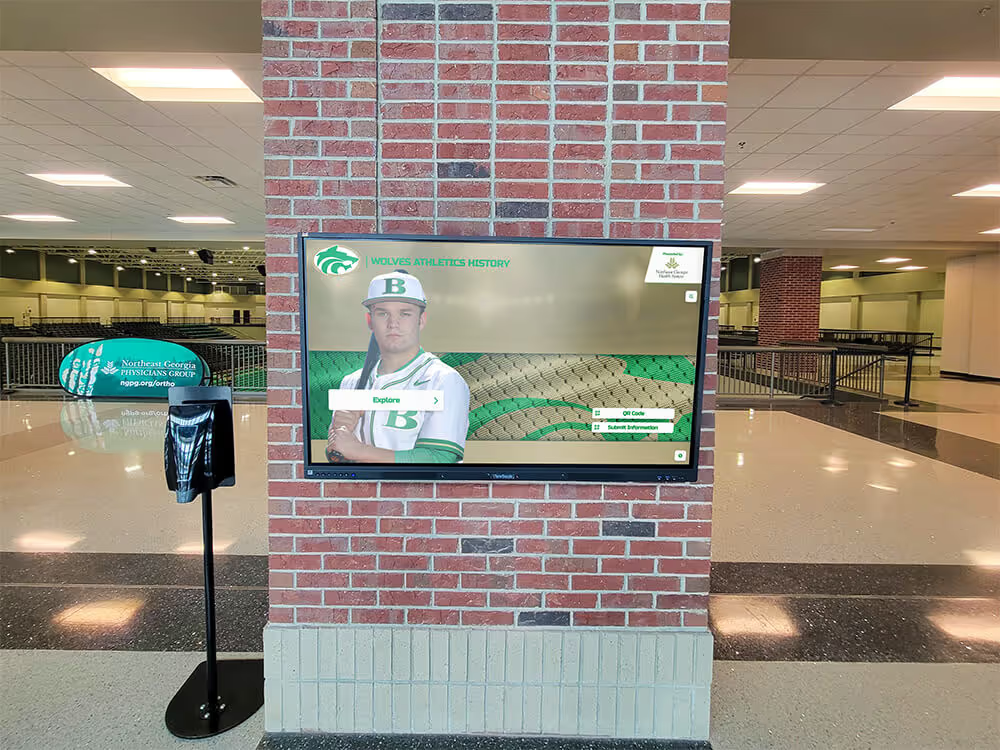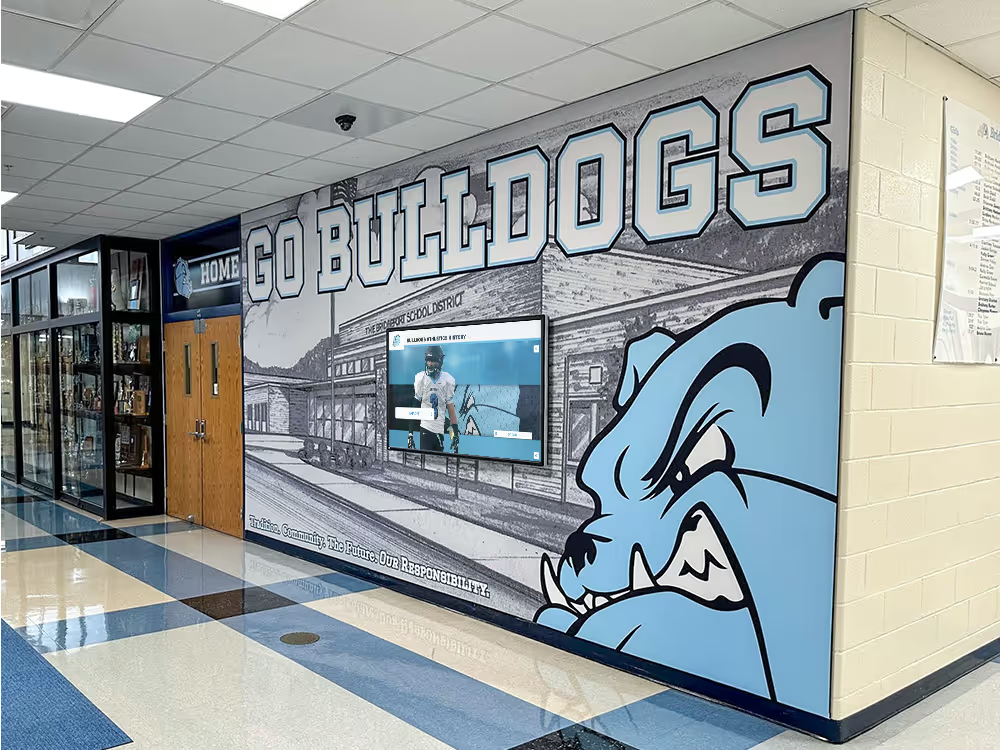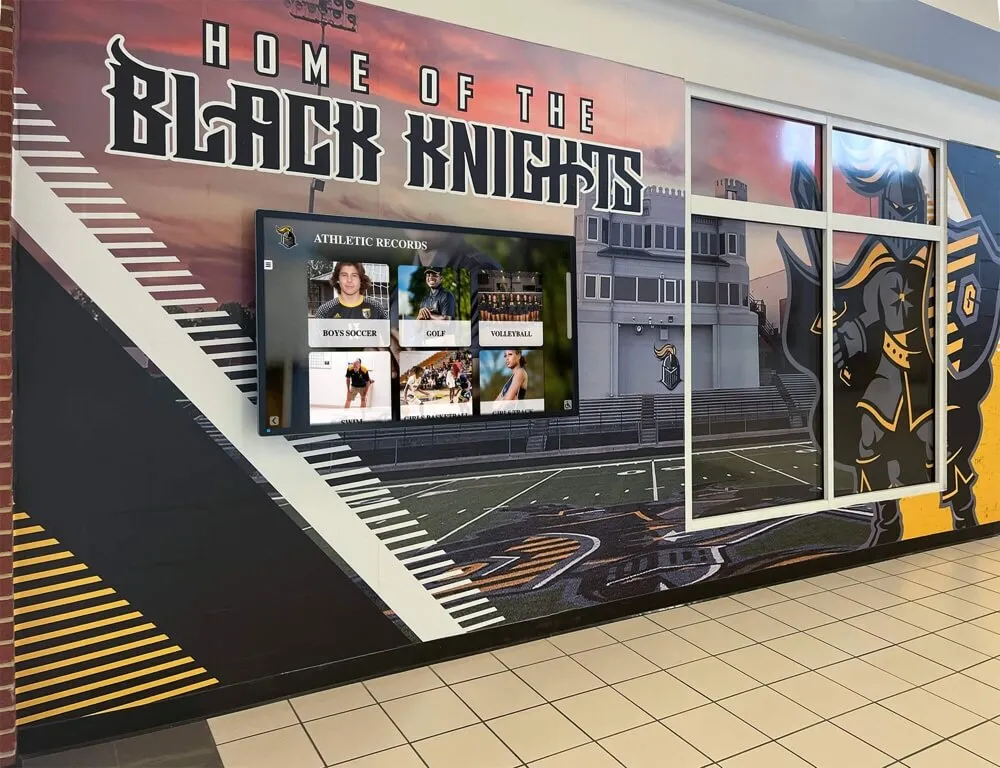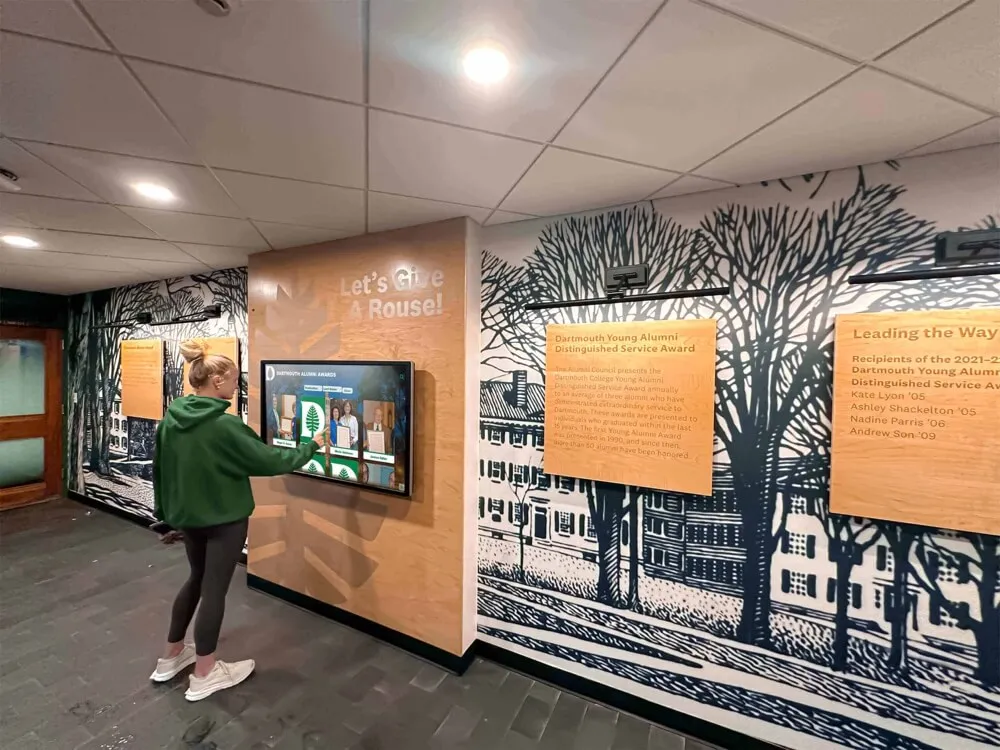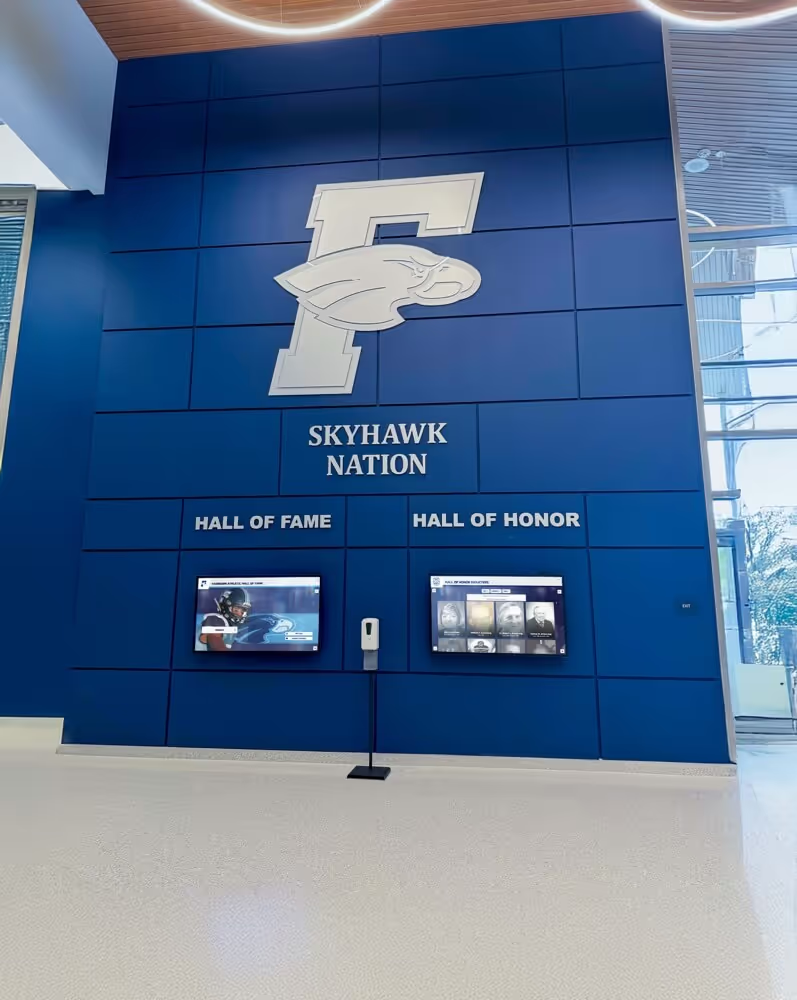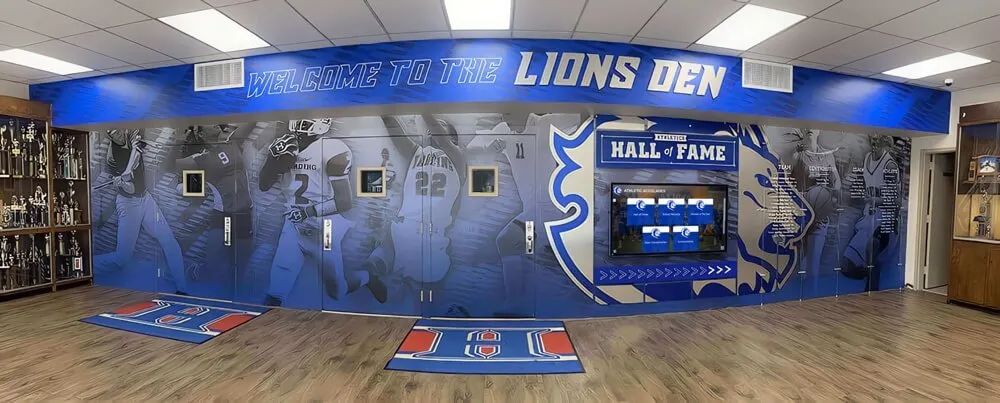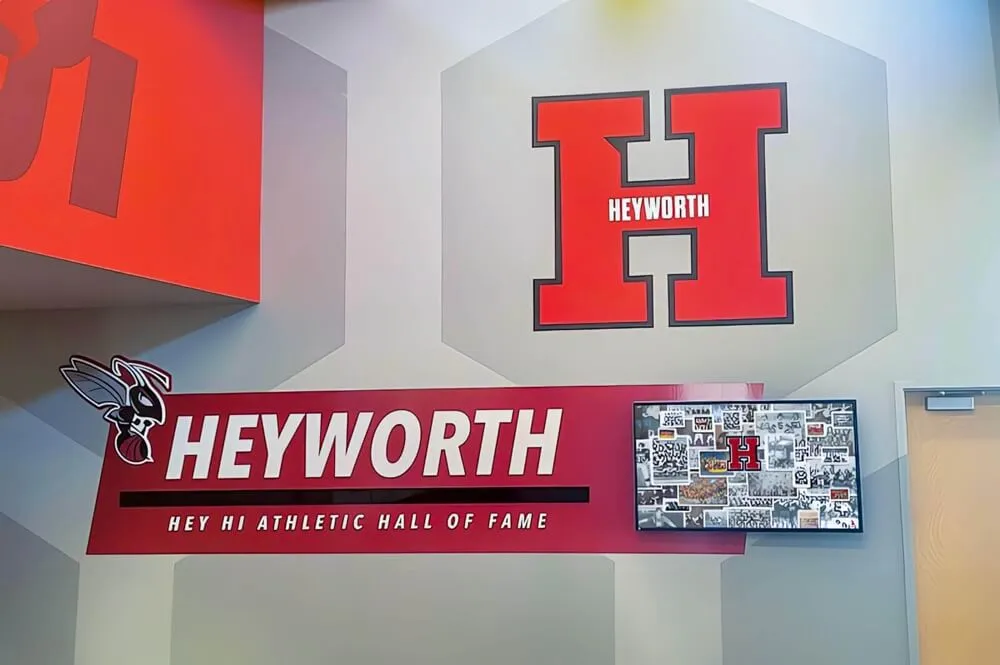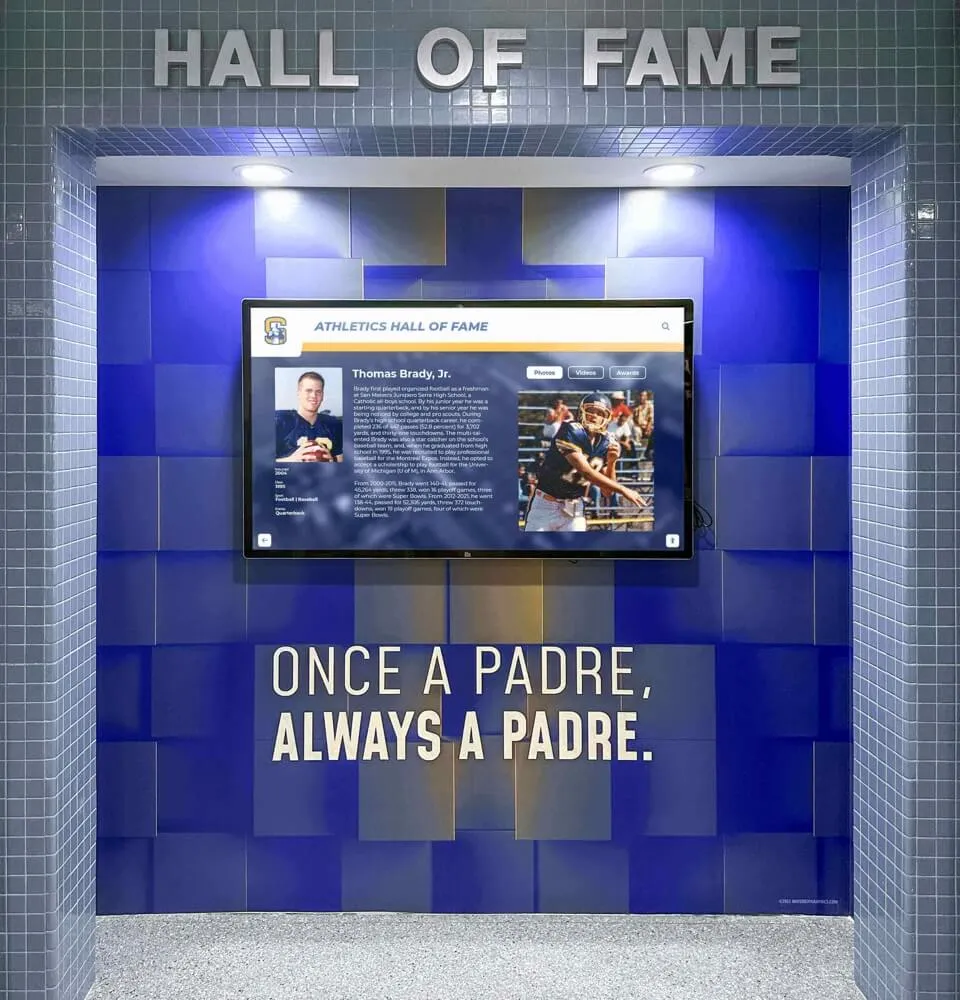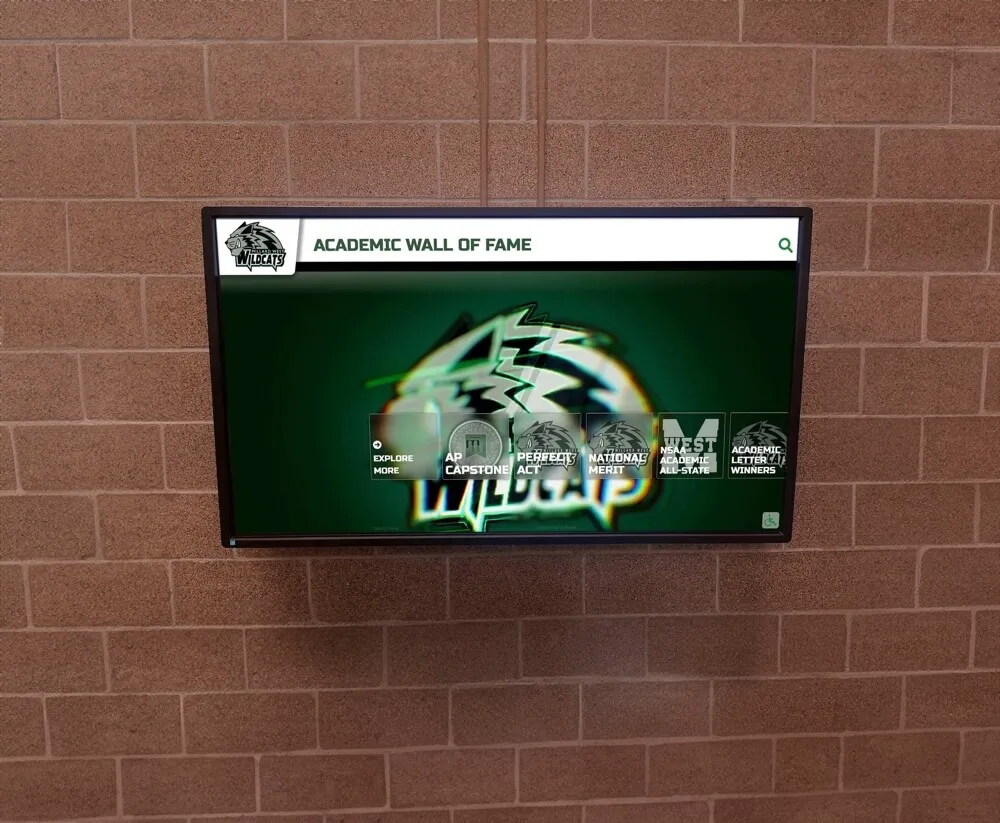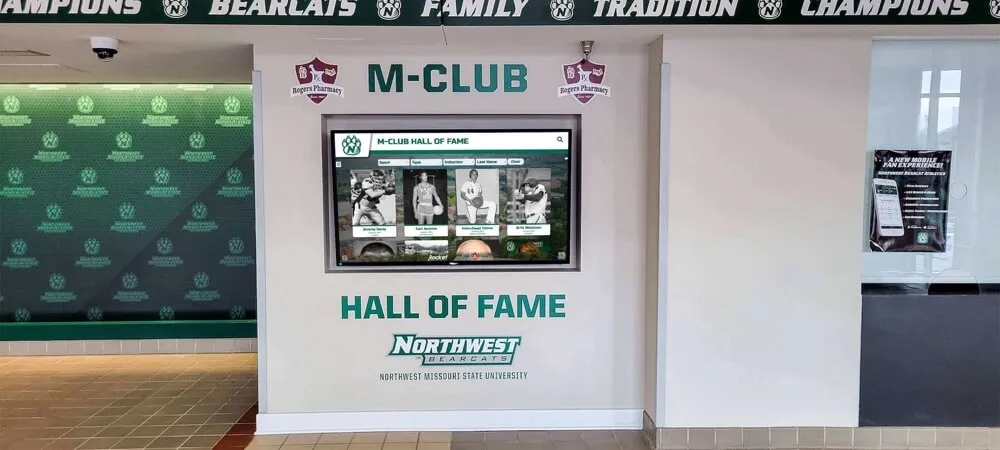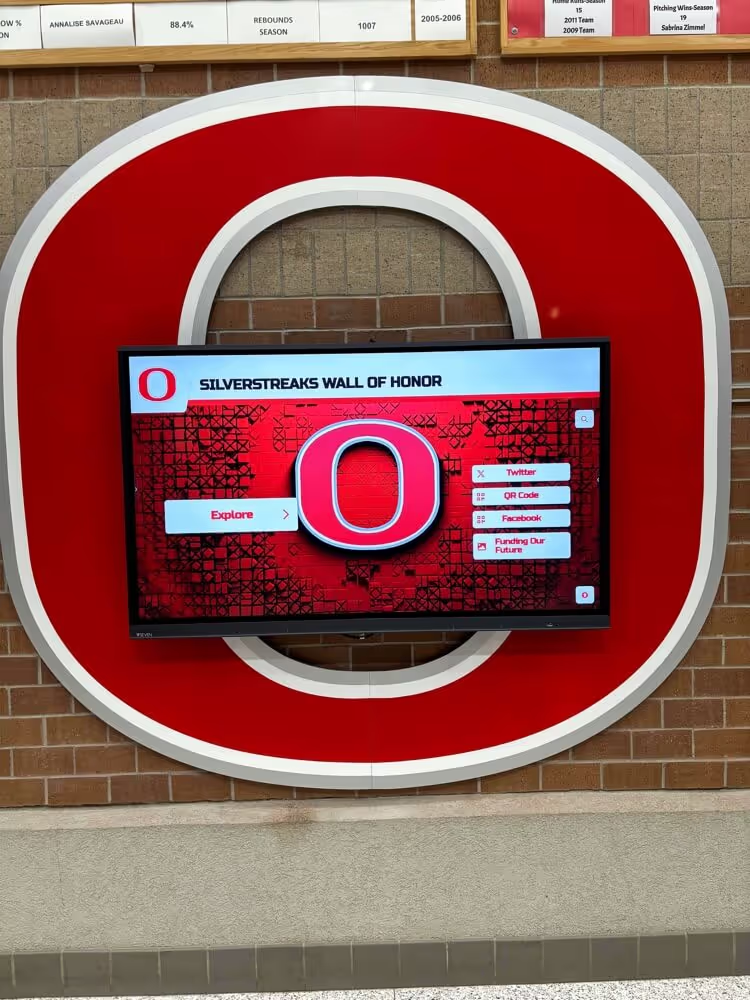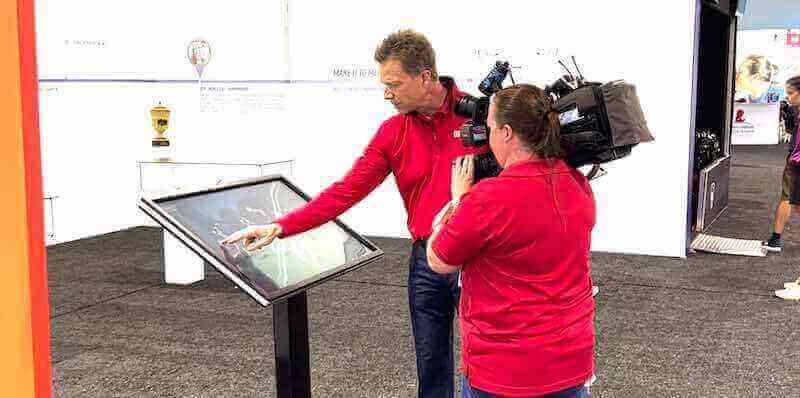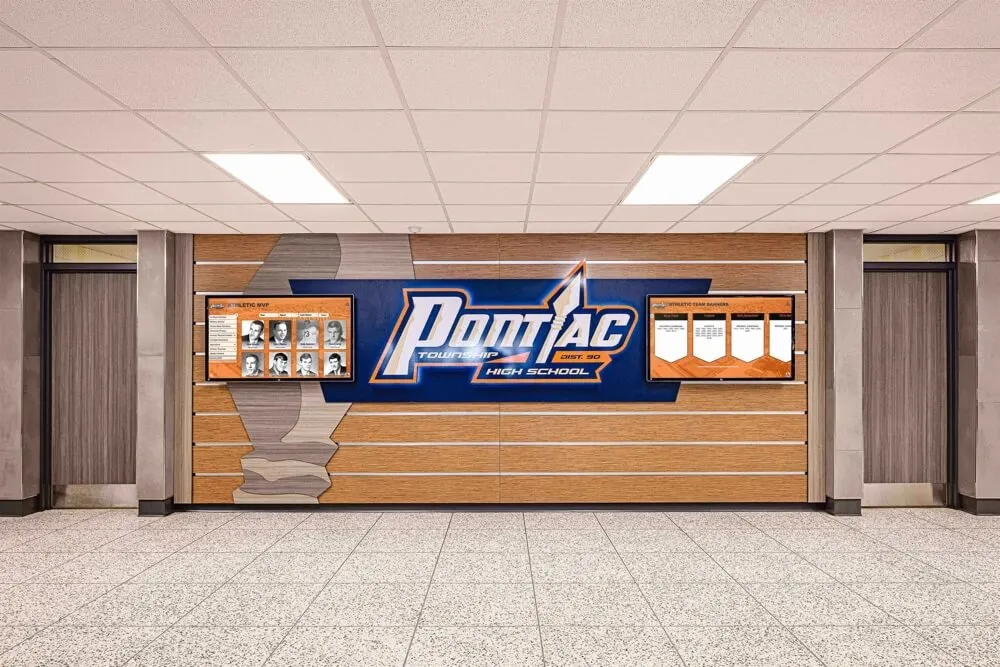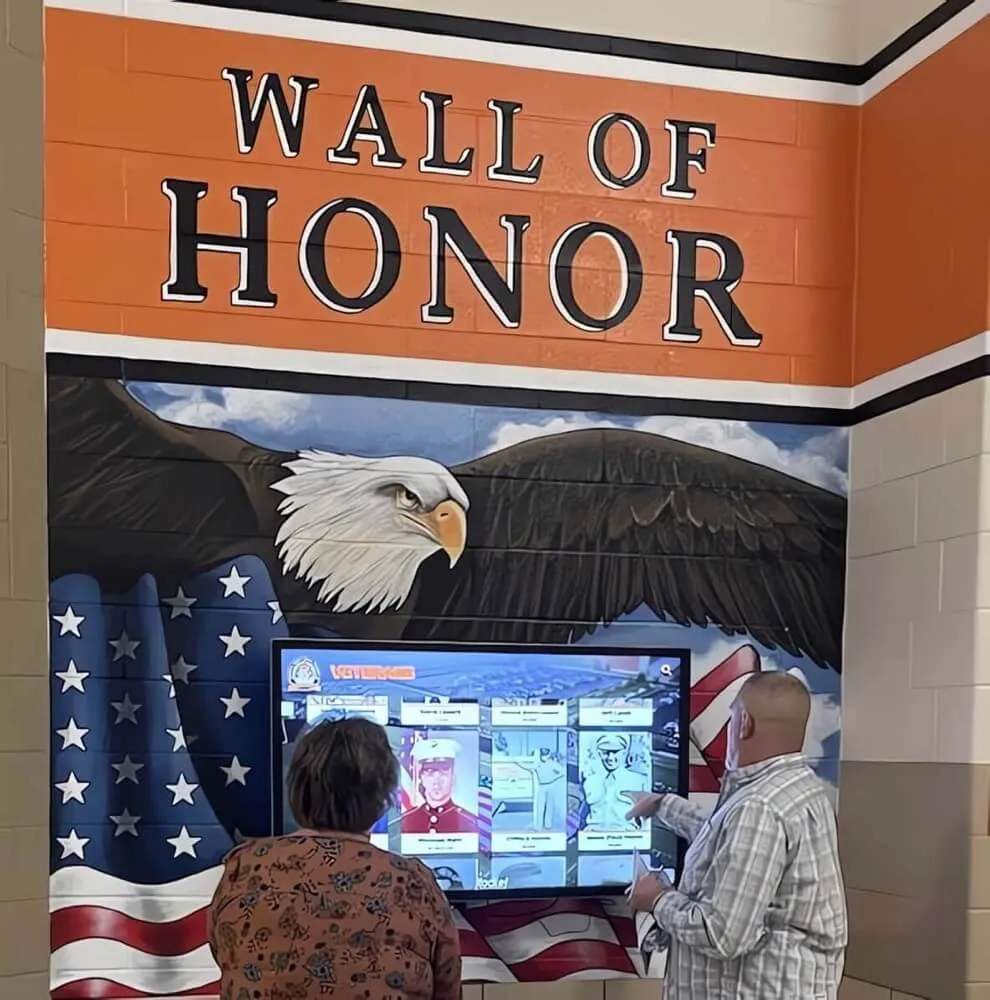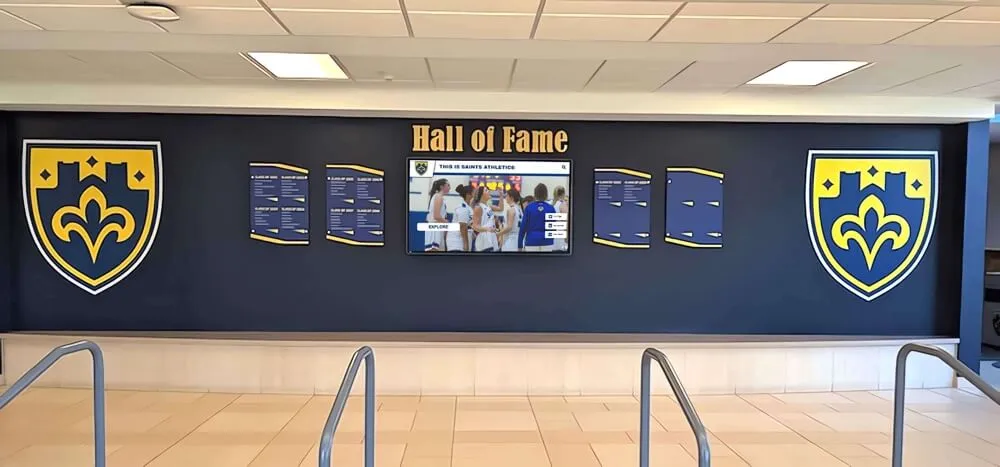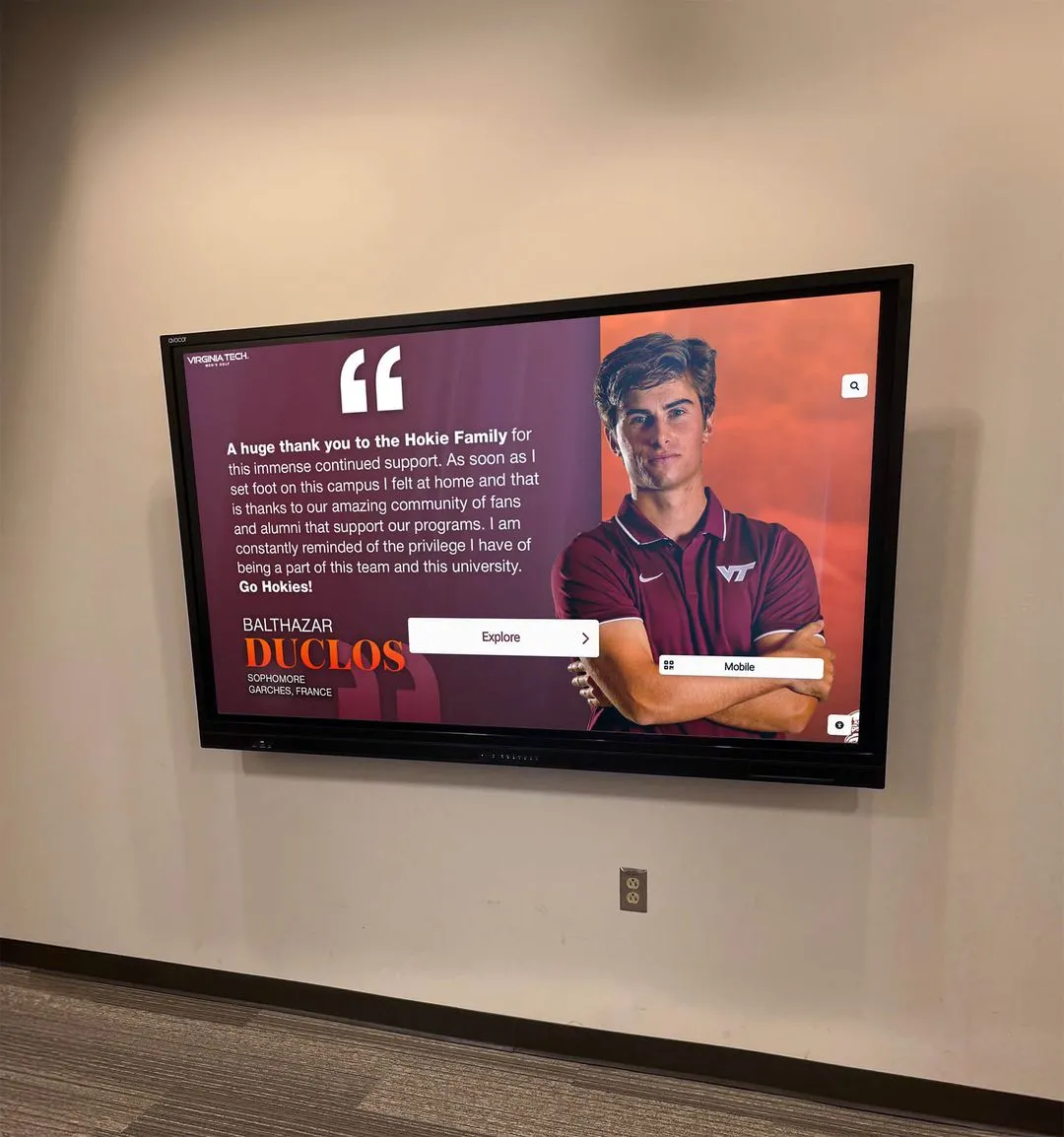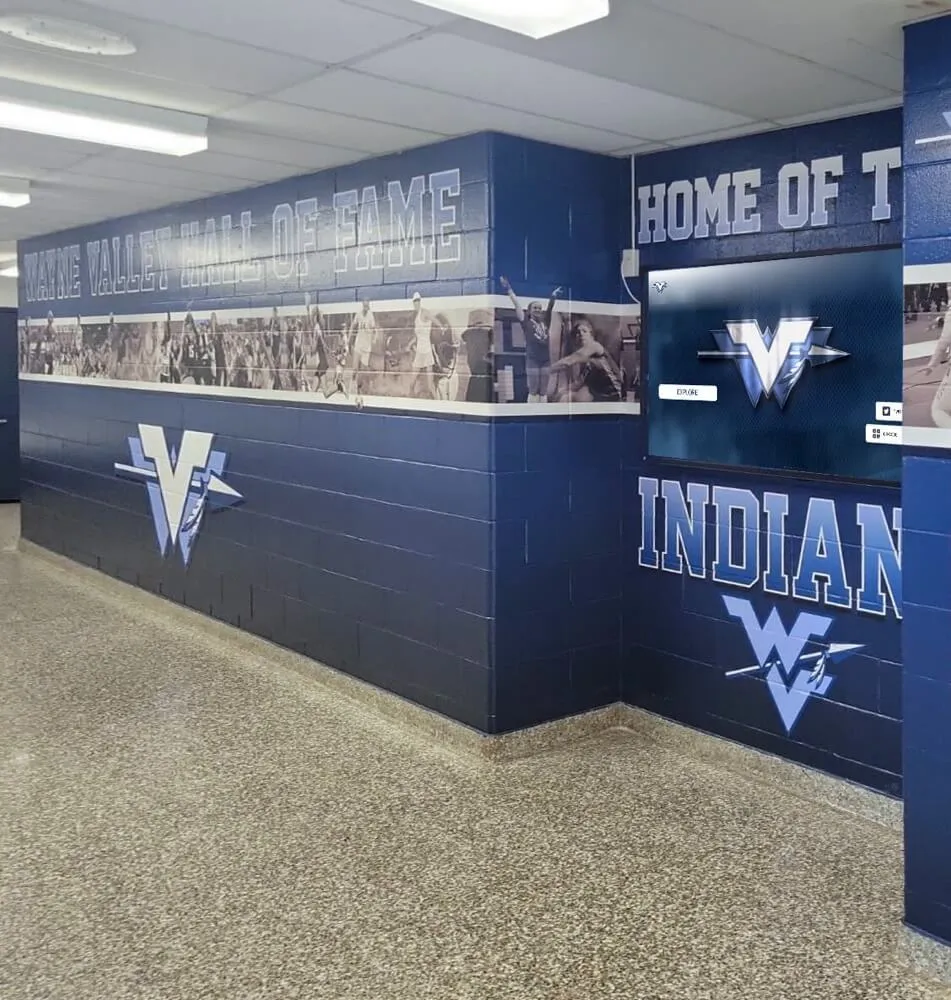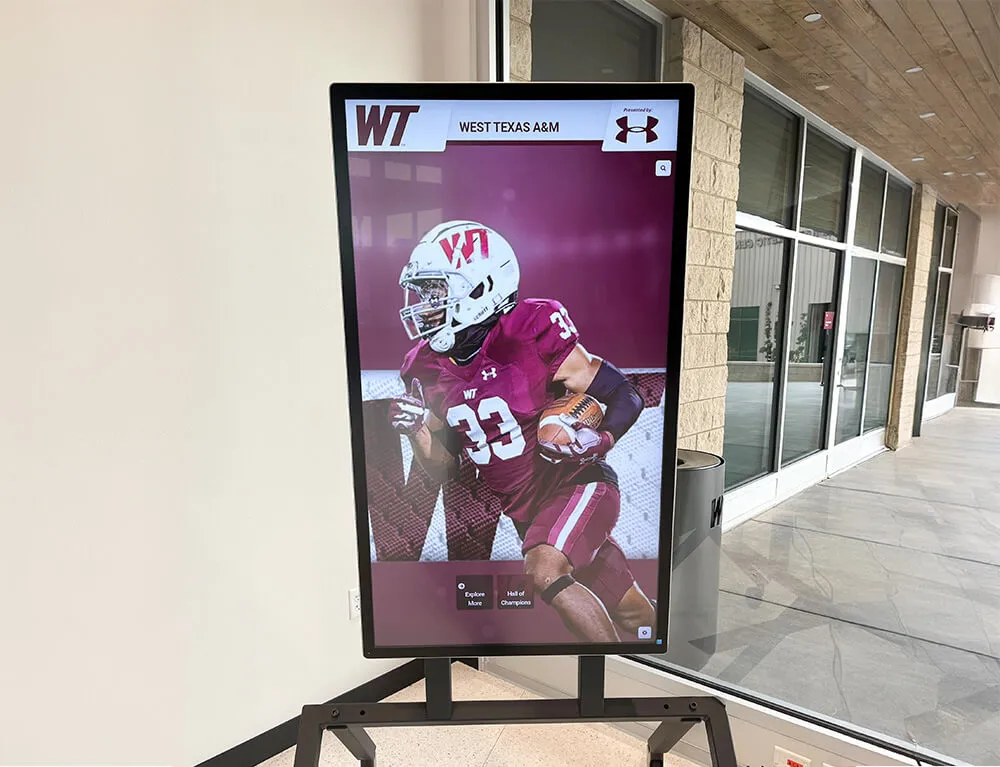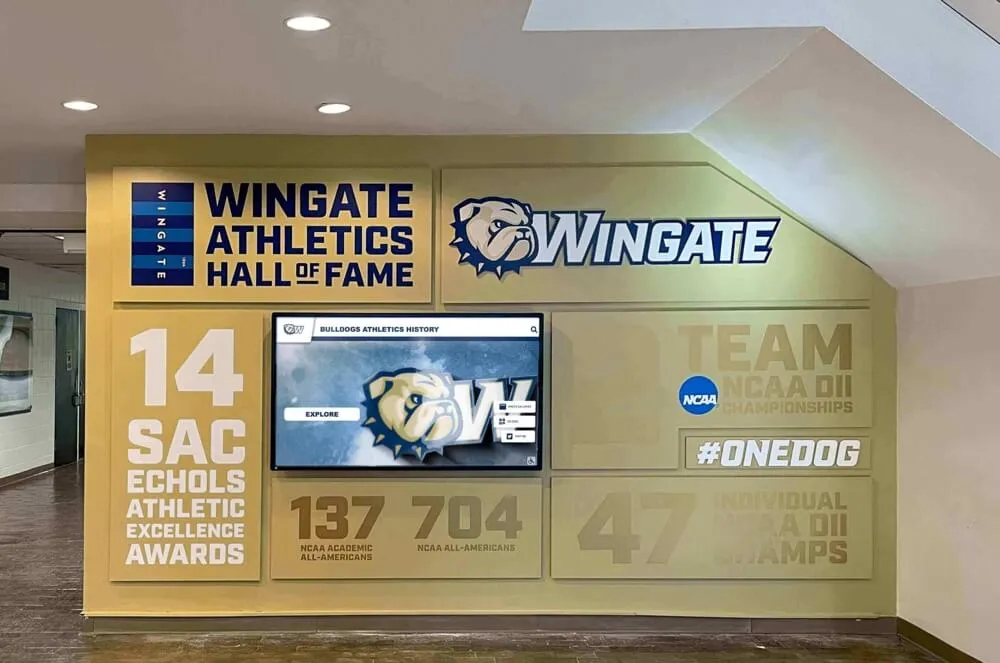Why Donor Recognition is the Secret to Sustainable Fundraising
In today's competitive nonprofit landscape, acquiring new donors costs 5-10 times more than retaining existing ones. Yet 75% of first-time donors never give a second gift, and poor recognition practices are a leading cause. Effective donor recognition transforms one-time contributors into lifelong advocates, with properly recognized donors showing 43% higher retention rates and 23% larger subsequent gifts.
Donor recognition isn’t just about saying “thank you”—it’s about creating meaningful experiences that demonstrate impact, build emotional connections, and inspire continued generosity. This comprehensive guide presents 20 proven recognition strategies that transform donor relationships while showcasing innovative approaches that leading organizations use to maximize appreciation impact.
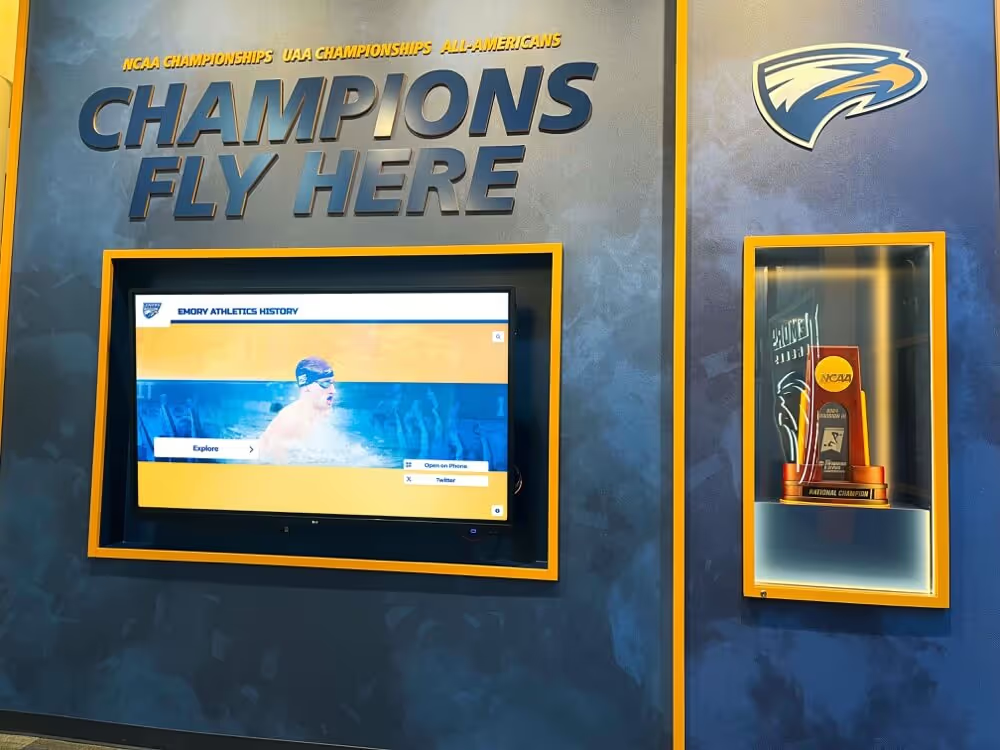
The Recognition Revolution: From Static to Dynamic
Traditional donor recognition—brass plaques gathering dust, names lost in small print—no longer meets modern donor expectations. Today's philanthropists expect transparency, impact visibility, and meaningful acknowledgment that reflects their personal connection to your mission.
Digital recognition solutions are leading this transformation, offering dynamic, interactive experiences that celebrate contributions while providing ongoing engagement opportunities that strengthen donor relationships over time.
Understanding the Psychology of Donor Recognition
Before diving into specific recognition ideas, it’s crucial to understand what drives donor appreciation effectiveness. Recognition succeeds when it addresses four core psychological needs:
1. Social Validation: Donors want acknowledgment that their values and generosity matter to others.
2. Impact Visibility: Contributors need to see tangible results from their investment in your mission.
3. Community Connection: Recognition should reinforce their belonging to your organization’s broader community.
4. Legacy Building: Donors appreciate recognition that positions their giving as part of something lasting and meaningful.
The most effective recognition strategies address multiple psychological drivers simultaneously, creating compound appreciation effects that deepen donor commitment.
"Since implementing our digital donor recognition program, we've seen a 38% increase in donor retention and a 52% improvement in donor satisfaction scores. The ability to tell detailed impact stories and provide interactive recognition experiences has completely transformed our stewardship program."
— Development Director, National Education Foundation
20 Transformative Donor Recognition Ideas
Personal Recognition Strategies (Ideas 1-7)
1. Impact-Focused Thank You Calls
Move beyond generic appreciation calls by connecting donors directly to program beneficiaries or staff members their gifts support. Schedule these calls within 72 hours of gift receipt and include specific details about how their contribution will be used.
Implementation: Create talking points that link donation amounts to concrete outcomes (e.g., “$250 provides textbooks for 5 students for one semester”). Train callers to ask about donor motivation and interests for future personalization.
2. Handwritten Notes from Leadership
Personal, handwritten notes from board members, executive directors, or program staff create lasting impressions. Research shows handwritten appreciation generates 3x higher emotional response than printed materials.
Best Practice: Include specific references to the donor’s giving history, interests, or previous engagement. Mention their name multiple times and reference their specific impact.
3. Behind-the-Scenes Exclusive Updates
Provide major donors with exclusive access to program developments, challenges, and successes through private newsletters, video updates, or virtual meetings with program staff.
Example: Monthly “insider” briefings for donors contributing $1,000+ annually, featuring program directors sharing recent developments and upcoming initiatives.
4. Anniversary Recognition Programs
Acknowledge the anniversary of donors’ first gifts, largest contributions, or milestone giving years with personalized recognition that celebrates their sustained commitment.
Implementation: Use donor database automation to trigger anniversary acknowledgments, including personalized impact summaries showing cumulative contribution effects over time.
5. Donor Advisory Opportunities
Invite significant contributors to serve on advisory committees for specific programs, providing input on strategic decisions and program development.
Value Proposition: This recognition method combines appreciation with meaningful engagement, making donors feel valued for their expertise beyond their financial contributions.
6. Personalized Video Messages
Create custom video thank-you messages featuring staff members, program beneficiaries, or leadership expressing gratitude for specific donors.
Technology Tip: Use simple video recording tools and template scripts that can be personalized quickly while maintaining authentic, heartfelt messaging.
7. Home/Office Visit Recognition
For major donors, arrange personal visits to their homes or offices to deliver recognition items and provide detailed program updates in comfortable, private settings.
Preparation: Research the donor’s background, interests, and giving history to ensure meaningful conversation and appropriate recognition materials.
Public Recognition Methods (Ideas 8-14)
8. Interactive Digital Donor Walls
Transform traditional donor recognition with digital displays that showcase donor stories, impact metrics, and multimedia content about their contributions.
Digital Donor Wall Advantages:
- Unlimited Capacity: Recognize donors at all giving levels without space constraints
- Dynamic Content: Update recognition instantly and add multimedia storytelling elements
- Interactive Engagement: Allow visitors to explore donor profiles, search by name, and view impact stories
- Web Accessibility: Extend recognition beyond physical locations with online access
- Analytics Tracking: Monitor engagement and optimize recognition effectiveness
Modern touchscreen halls of fame offer sophisticated content management systems that make updating donor recognition as simple as posting on social media, while providing powerful analytics to measure recognition effectiveness.
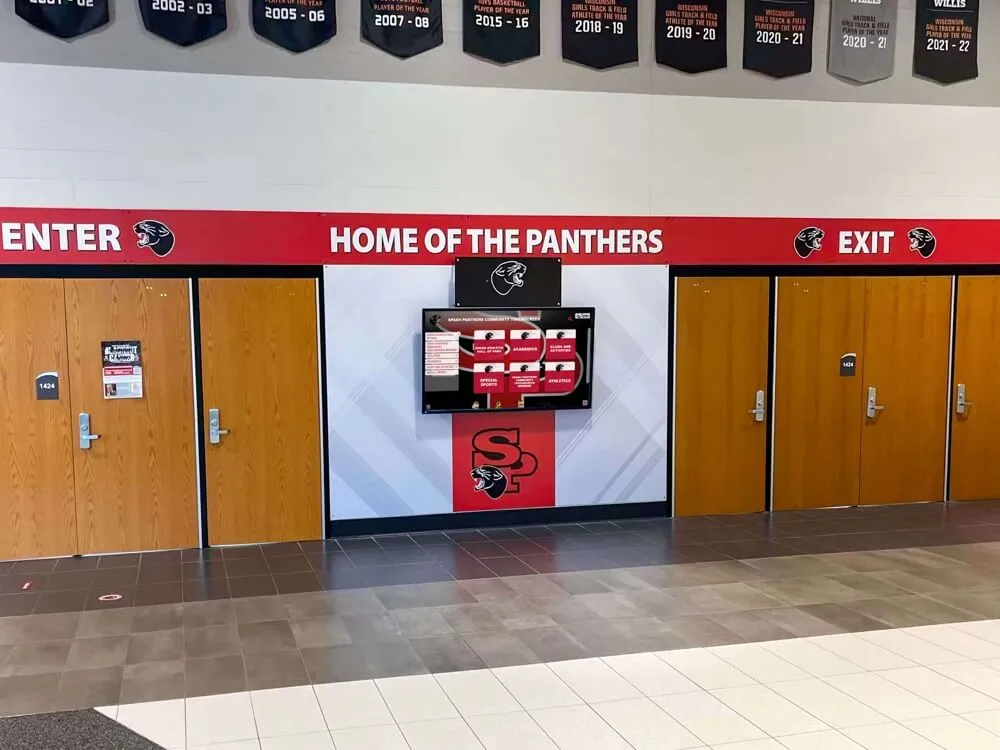
Implementation Success Factors:
- Strategic placement in high-traffic areas
- Professional design that reflects organizational branding
- Regular content updates and donor profile enhancements
- Integration with existing donor databases
- Staff training for ongoing content management
9. Social Media Donor Spotlights
Create dedicated social media campaigns that highlight individual donors, their motivations for giving, and the impact of their contributions.
Strategy: Develop a content calendar featuring different donors weekly, using consistent hashtags and encouraging social sharing to amplify recognition reach.
10. Annual Recognition Events
Host dedicated appreciation events that celebrate donors across all giving levels, featuring impact presentations, donor testimonials, and program updates.
Innovation: Incorporate live polling, interactive displays, and social media walls to create engaging, participatory recognition experiences.
11. Newsletter and Publication Features
Highlight donors in organizational newsletters, annual reports, and publications with detailed profiles and impact stories.
Content Framework: Include donor photos, quotes about their motivation for giving, and specific examples of how their contributions create change.
12. Physical Recognition Displays with QR Integration
Enhance traditional plaques and displays with QR codes that link to detailed donor profiles, impact videos, and additional recognition content.
Technology Bridge: This approach combines familiar physical recognition with digital enhancement, allowing organizations to upgrade existing displays cost-effectively.
13. Donor Name Integration in Program Materials
Include donor names in program materials, facility signage, and educational resources that directly benefit from their contributions.
Examples: “Thanks to supporters like [Donor Name], this program serves 200 families annually” in brochures or “This scholarship made possible by [Donor Name]” on recipient materials.
14. Recognition Ceremonies and Award Presentations
Organize formal recognition ceremonies that present donors with awards, certificates, or commemorative items while celebrating their contributions publicly.
Enhancement: Live-stream ceremonies to extend recognition reach and create permanent video recognition content for future use.
Digital and Technology-Driven Recognition (Ideas 15-20)
15. Donor Impact Dashboards
Provide donors with personalized online dashboards showing the cumulative impact of their giving, including metrics, stories, and progress toward organizational goals.
Features: Real-time giving summaries, impact visualizations, program updates specific to their areas of support, and options to share achievements socially.
16. Virtual Donor Recognition Walls
Create comprehensive online recognition platforms that showcase all donors with search functionality, giving history, and impact stories.
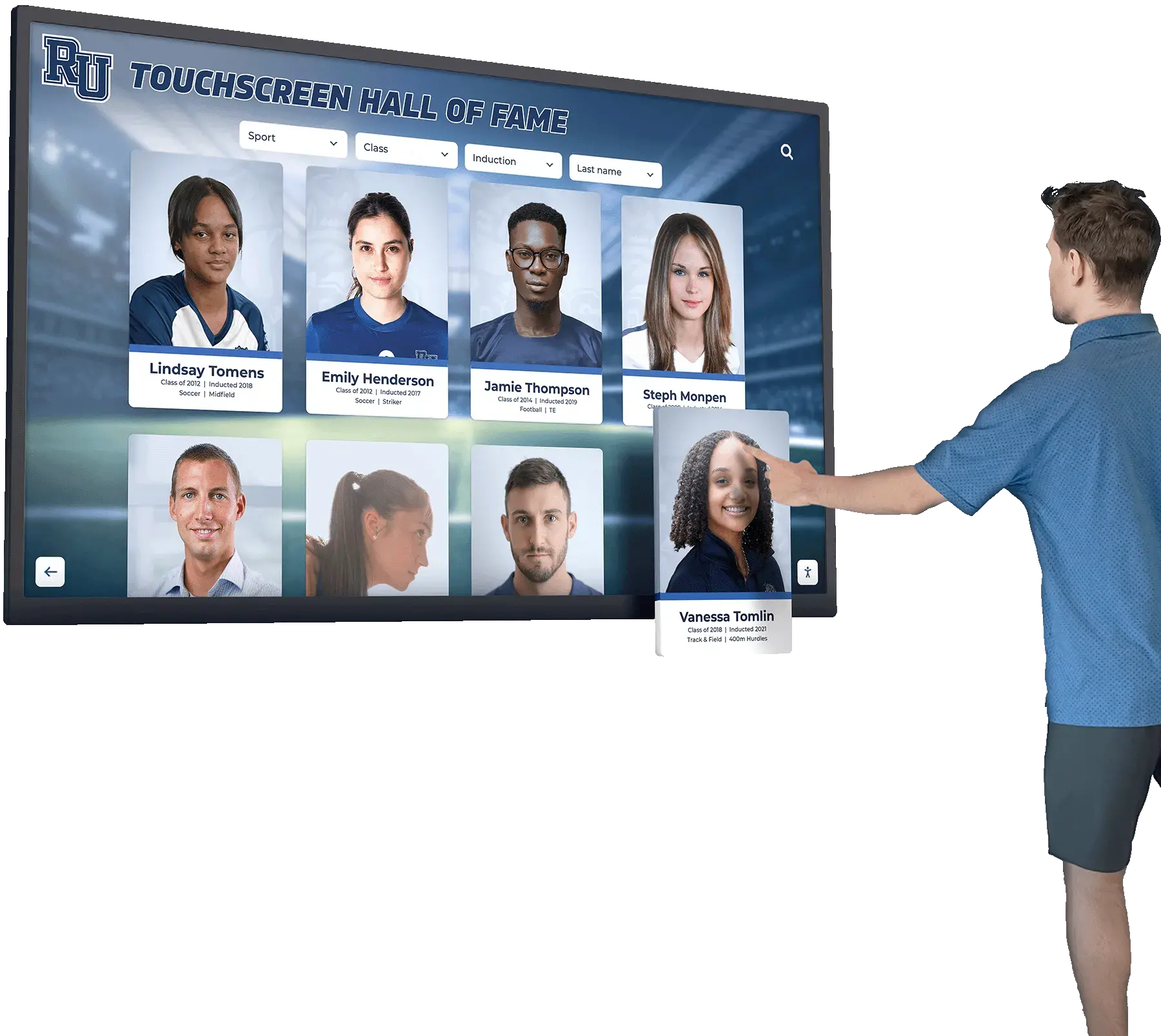
Interactive donor recognition creates engaging experiences that connect contributions to meaningful impact
Accessibility: Ensure mobile responsiveness, screen reader compatibility, and multilingual options to maximize recognition reach and inclusivity.
17. Augmented Reality Recognition Experiences
Implement AR technology that allows donors and visitors to scan physical spaces with smartphones to reveal hidden donor recognition content and impact stories.
Innovation: This cutting-edge approach creates memorable, shareable recognition experiences that demonstrate organizational innovation while honoring contributors.
18. Email Automation Recognition Sequences
Develop sophisticated email sequences that provide ongoing recognition through anniversary acknowledgments, impact updates, and milestone celebrations.
Personalization: Use donor data to customize timing, content, and recognition frequency based on individual preferences and giving patterns.
19. Peer-to-Peer Recognition Platforms
Enable donors to recognize and celebrate each other’s contributions through online platforms that foster community building and mutual appreciation.
Community Building: This approach extends recognition beyond organizational communications, creating donor-to-donor relationships that strengthen overall community engagement.
20. Interactive Giving Impact Visualizations
Create dynamic visualizations that show how collective donor contributions achieve organizational goals, highlighting individual donor roles in larger successes.
Engagement: Use real-time data to show progress toward campaign goals, program milestones, and impact targets with individual donor contributions clearly acknowledged.
Implementation Framework: Building Your Recognition Strategy
Phase 1: Assessment and Planning (Weeks 1-2)
Current State Analysis: Evaluate existing recognition practices, donor feedback, and retention metrics to identify improvement opportunities.
Donor Segmentation: Categorize your donor base by giving levels, engagement preferences, communication channels, and recognition needs.
Resource Allocation: Determine budget, staff time, and technology requirements for enhanced recognition programming.
Phase 2: Technology Integration (Weeks 3-6)
Platform Selection: Choose recognition technology that aligns with organizational capacity and donor expectations. Solutions like Rocket Alumni Solutions provide comprehensive digital recognition capabilities with user-friendly management systems.
Content Development: Create templates, gather donor information, and develop multimedia content for enhanced recognition experiences.
Staff Training: Prepare team members to manage ongoing recognition programming and technology platforms effectively.
Phase 3: Launch and Optimization (Weeks 7-12)
Soft Launch: Begin with a subset of donors to test systems, gather feedback, and refine processes before full implementation.
Full Deployment: Roll out comprehensive recognition programming across all donor segments with coordinated communication campaigns.
Performance Monitoring: Track recognition effectiveness through donor surveys, retention metrics, and engagement analytics.
Transform Your Donor Recognition Program Today
Discover how modern recognition technology can strengthen donor relationships and increase giving through interactive, personalized appreciation experiences.
Schedule Your Recognition Strategy ConsultationMeasuring Recognition Program Success
Quantitative Metrics
Donor Retention Rates: Track year-over-year retention comparing recognized versus non-recognized donors.
Gift Frequency: Monitor the time between consecutive gifts as an indicator of engagement strength.
Upgrade Rates: Measure how recognition influences donors to increase their giving levels.
Acquisition Through Referrals: Track new donors acquired through existing donor referrals and testimonials.
Qualitative Indicators
Donor Feedback Scores: Regular surveys measuring satisfaction with recognition experiences and organizational communication.
Engagement Depth: Analysis of how donors interact with recognition content, including time spent with materials and sharing behavior.
Volunteer Participation: Correlation between recognition experiences and volunteer engagement or board participation.
Legacy Giving Interest: Tracking of planned giving discussions and estate gift commitments following enhanced recognition.
Technology Analytics
Digital recognition platforms provide sophisticated analytics that traditional methods cannot match:
- Content Engagement: Which donor profiles receive the most views and interaction time
- Search Patterns: What visitors look for when exploring donor recognition content
- Sharing Behavior: How often recognition content is shared via social media or email
- Geographic Reach: Where recognition content is viewed, both locally and globally
Recognition Program Sustainability
Long-Term Planning
Content Refresh Strategies: Establish regular schedules for updating donor profiles, impact stories, and recognition displays to maintain relevance and engagement.
Technology Evolution: Plan for platform updates, hardware maintenance, and feature enhancements that keep recognition programs current with donor expectations.
Staff Development: Invest in ongoing training for recognition program management, ensuring institutional knowledge and consistent execution quality.
Budget Optimization
Multi-Purpose Technology: Choose recognition solutions that serve multiple organizational needs, such as interactive displays that combine donor recognition with general information kiosks, event programming, and alumni engagement.
Volunteer Integration: Develop volunteer roles in recognition programming, including content creation, event support, and ongoing donor engagement activities.
Partnership Opportunities: Collaborate with other organizations for shared recognition events, technology resources, and best practice development.
Advanced Recognition Strategies
Micro-Recognition Programs
Implement frequent, small-scale recognition for various donor behaviors:
- First-Time Gift Acknowledgment: Special welcome sequences for new donors
- Milestone Celebrations: Recognition for giving anniversaries, cumulative contribution levels, and engagement milestones
- Behavioral Appreciation: Acknowledging attendance at events, volunteer participation, and social media engagement
Integrated Campaign Recognition
Capital Campaign Integration: Use recognition programming to support major fundraising initiatives with progress tracking, donor highlighting, and momentum building.
Ongoing Campaign Support: Leverage recognition data to identify prospective major gift donors and upgrade candidates for specific campaigns.
Post-Campaign Celebration: Create comprehensive recognition experiences that celebrate campaign success while setting the foundation for future giving relationships.
Recognition Success Story: Midwest Education Foundation
After implementing comprehensive digital recognition programming, Midwest Education Foundation achieved remarkable results within 18 months:
- 42% increase in donor retention across all giving levels
- $2.3M additional revenue from improved donor stewardship
- 67% improvement in donor satisfaction scores based on annual surveys
- 89% of major donors report feeling "very appreciated" versus 34% previously
- 156% increase in planned giving inquiries following enhanced recognition programming
"The transformation has been incredible," notes Development Director Sarah Martinez. "Our donors tell us they feel more connected to our mission than ever before, and the giving numbers reflect that deeper engagement."
Future of Donor Recognition
Emerging Trends
Artificial Intelligence Integration: AI-powered systems will provide increasingly sophisticated donor preference analysis and automated recognition personalization.
Virtual and Augmented Reality: Immersive recognition experiences that allow donors to “visit” programs they support and see impact firsthand through VR technology.
Blockchain Recognition: Transparent, permanent recognition records that provide donors with verifiable acknowledgment of their contribution history and impact.
Voice and Conversational Interfaces: Interactive recognition systems that respond to voice queries and provide conversational engagement with donor recognition content.
Sustainability and Social Responsibility
Environmental Considerations: Digital recognition reduces paper waste and physical material consumption while providing more dynamic, lasting appreciation experiences.
Accessibility Excellence: Recognition programming that exceeds ADA requirements and provides inclusive experiences for donors with diverse abilities and backgrounds.
Global Connectivity: Recognition systems that connect donors across geographic boundaries and enable international supporters to engage meaningfully with organizational missions.
Conclusion: Recognition as Relationship Building
Effective donor recognition transcends simple acknowledgment—it builds lasting relationships that sustain organizational missions for decades. The 20 strategies presented in this guide provide a comprehensive framework for developing recognition programming that honors donors while strengthening their connection to your cause.
The most successful organizations recognize that donor appreciation is an investment in future philanthropic success. By implementing thoughtful recognition strategies that combine personal touches with innovative technology, nonprofits create donor experiences that inspire continued generosity and lifelong advocacy.
Whether implementing digital recognition walls, developing personalized appreciation sequences, or creating community recognition events, the key is understanding that recognition effectiveness depends on authentic connection, demonstrated impact, and consistent appreciation that honors the trust donors place in your organization.
Digital recognition solutions like those offered by Rocket Alumni Solutions represent the future of donor appreciation—combining the personal touch donors value with the scale and impact measurement that organizations need for sustainable growth.
Transform your donor recognition program today and discover how thoughtful appreciation creates philanthropic partnerships that last a lifetime while advancing your mission with the support of truly engaged community members.
